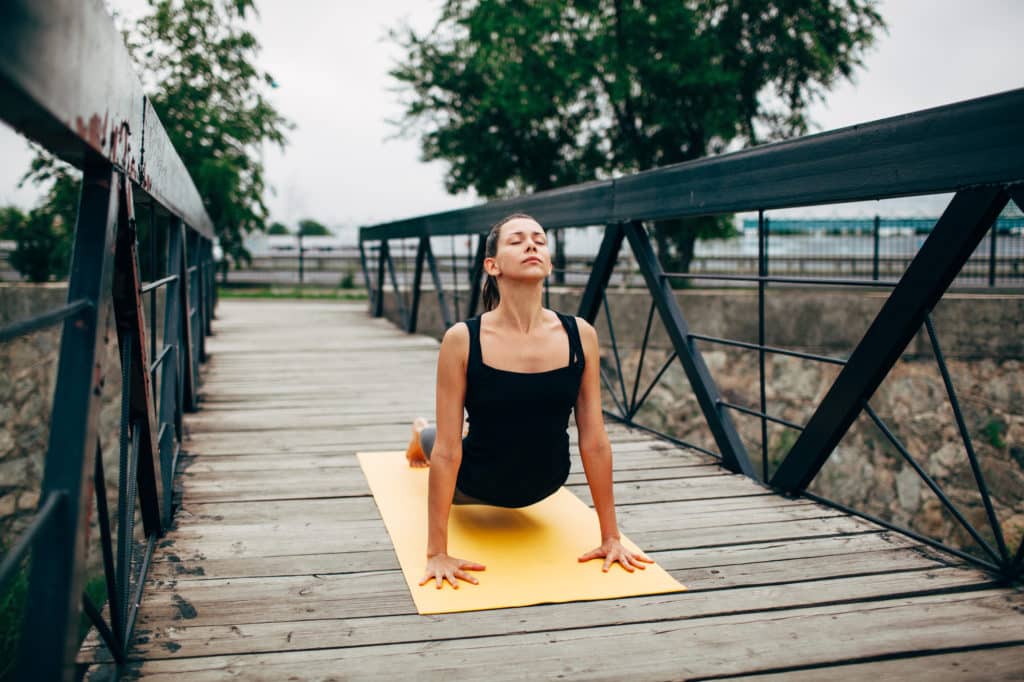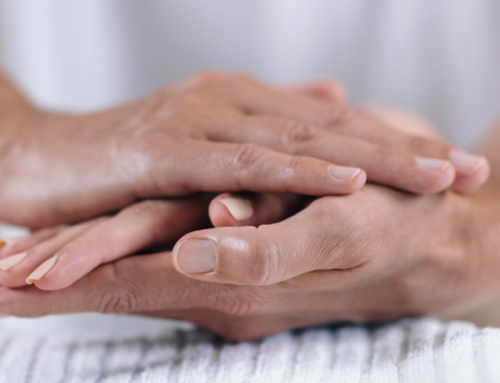What does posture mean to you?
Does it bring back memories of sitting in the classroom and being told to sit up straight? Are you exhausted just thinking about it? Let’s keep it simple.
Posture is not just a structural concept of standing uncomfortably in one position; it’s actually about promoting better function. Posture is a direct result of a function. Imagine the process behind designing and building a bridge for instance. Engineers must consider multiple factors such as loads and angles to ensure the bridge can withstand the forces of heavy traffic. If there were miscalculations or uneven angles, the bridge may initially function but would be weak and susceptible to collapse after prolonged forces. Posture is exactly the same if we hold our bodies in an unnatural or poor posture, it is inevitable that we will eventually develop injuries and pain because we’re not utilising the full potential of the human body machine.
Our bodies rely on the combined use of muscles, ligaments, joints, bones, and vessels working together to facilitate movement; these are of course powered by the nervous system and all play a role in controlling posture. That is, one does not operate without affecting the other. The act of lifting your arm or wiggling your toes is controlled by a whole process of elements working together to achieve the movement. If this process is somehow interrupted, the human body is extremely intelligent in finding an alternate way to ensure the movement still occurs by recruiting other surrounding structures to assist.
Consequently, the primary muscle responsible will start to switch off, putting extra load on the surrounding joints and musculature. While this works in the short-term, it will promote weakness and create bad habits in the long term, thus increasing the likelihood of injury. Sound familiar? This is a common mechanism of a repetitive strain injury such as tennis elbow or shoulder impingement.
Maintaining good posture doesn’t have to be complex when you incorporate it into your daily lifestyle. Next time you lift your arm to hang out the washing or lift a heavy object, pay attention to which areas of your body are being used and how much control you have over the movement.
⇒ Hint: Are you able to control the speed of the movement or do you need to rush it? If you are rushing the movement or favouring one side, it is already a sign of poor stability and muscular control. Instead of relying on your arms to perform the action, consider your spine and shoulder blades working as one machine to create a stronger, more sustainable movement.
Chiropractic will identify these specific areas of concern, unique to your body, and help you restore your natural, optimum functioning posture. Small corrections can go a long way in helping you get back on track. If you have been sitting in the same position for the last ten years, it will take some time to adjust this, like any habit. However, it is never too late to improve your posture and experience long-term relief.





